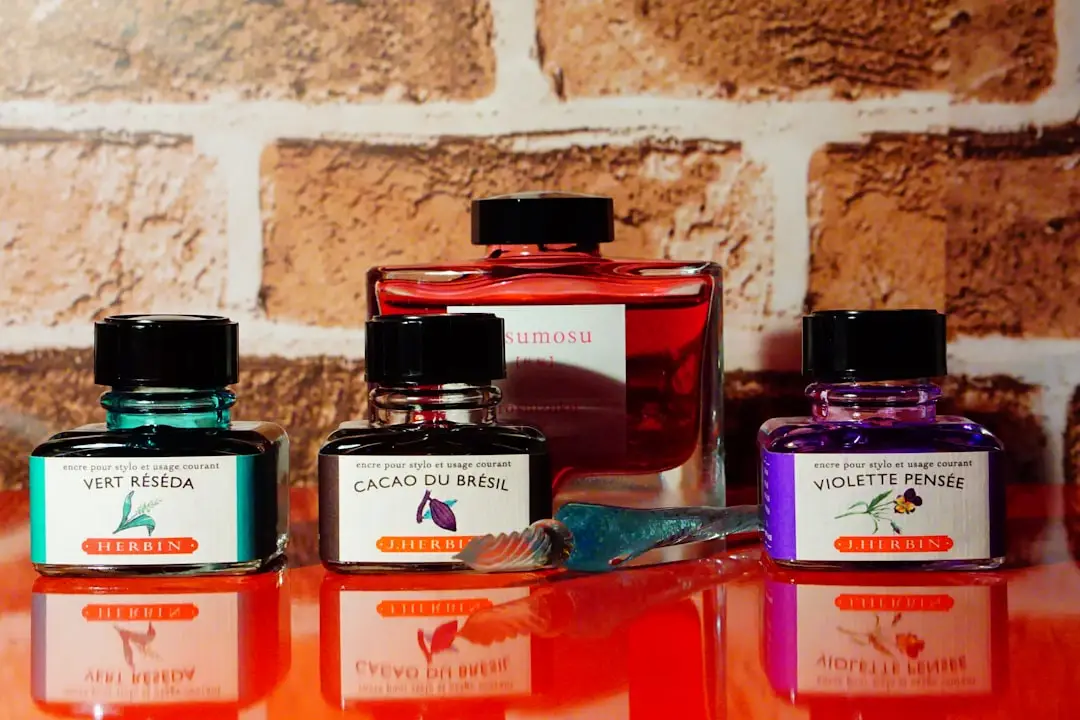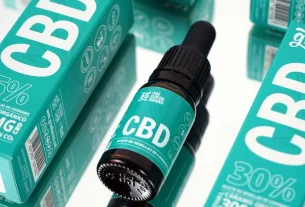Estimated Reading Time: 6 minutes
Estimated Reading Time: 5 minutes
HHllo fellow health enthusiasts!
Let’s talk about something crucial, yet often overlooked when we’re browsing the ever-expanding world of wellness: understanding CBD product labels.
I’ve been on my own health journey for quite some time, and I’ve learned that knowledge truly is power.
And when it comes to CBD, a little bit of label literacy can make all the difference in your experience.
This isn’t about becoming a chemist overnight, but about empowering yourself to make informed choices.
Let’s be honest, those labels can be intimidating. All those percentages, milligrams, and fancy-sounding terms. But fear not!
We’re going to break down the key components, so you can confidently navigate the CBD landscape.
Navigating the CBD marketplace can sometimes feel like deciphering a secret code.
From the numerous product types, such as oils, edibles, and topicals, to the varying concentrations and extraction methods, the choices can be overwhelming.
That’s precisely why understanding CBD product labels is paramount.
Without a clear grasp of what you’re reading, you may end up purchasing a product that doesn’t meet your needs, or worse, contains ingredients you’d rather avoid.
Before diving into the nitty-gritty, let’s address the basics.
The first thing you should do is to assess the product’s reliability by researching the brand. What are other customers saying?
Are there third-party lab results readily available? A reputable brand has nothing to hide and will readily provide this information.
This is non-negotiable. If a company isn’t transparent, that’s a huge red flag! You want to know exactly what you’re putting into your body.
Once you’ve established that the brand is trustworthy, the real fun begins: understanding CBD product labels. Here’s what to look for:
Understanding CBD product labels starts with grasping the core types of CBD products.
There are three main categories to be aware of: Full-spectrum, broad-spectrum, and isolate.
Each of these categories comes with its own benefits and considerations.
Let’s get practical and put on our detective hats!
When understanding CBD product labels, the first thing you’ll encounter is the total CBD content.
This is often expressed in milligrams (mg) on the front of the product or bottle. It’s typically written as “Total CBD: 500mg” or similar.
Next, you’ll want to check the serving size. How much product is considered one serving?
This could be a dropper full of oil or a specific number of gummies.
The label will also provide the amount of CBD per serving, which is much more helpful than the total amount, especially when you’re starting out and trying to determine dosage.
For example, a 500mg bottle might have 20mg of CBD per serving, meaning each dropper contains that amount.
In addition, don’t forget to review the ingredients list!
You want to make sure the product doesn’t contain anything you’re allergic to or prefer to avoid.
Look for high-quality ingredients, organic options, and minimal additives. Always prioritize products with a short, clean ingredient list.
The most crucial component for understanding CBD product labels is the third-party lab reports.
These are independent analyses that verify the product’s cannabinoid profile and confirm that it is free of contaminants such as pesticides, heavy metals, and solvents.
Reputable CBD brands will always provide these results, either on their website or by request.
What should you be looking for in a lab report? Firstly, the report will show the exact amount of CBD (and other cannabinoids) present in the product.
Compare these numbers with what’s stated on the label to ensure they match.
Secondly, the report should confirm that the product has been tested for contaminants and is deemed safe for consumption.
If the lab reports are not easily available or seem suspicious, it’s a definite red flag.
Here are some examples of common scenarios that you may come across when understanding CBD product labels:
At the end of the day, understanding CBD product labels isn’t about memorizing complex scientific terms.
It’s about becoming a more informed consumer. It’s about taking control of your health and well-being.
By knowing what to look for, you can make confident decisions, find products that meet your individual needs, and avoid potentially harmful ones.
So, the next time you’re browsing the shelves or scrolling online, take a deep breath, examine the label, and trust your instincts.
Your body will thank you. Remember, the journey to wellness is a marathon, not a sprint, and every step you take, armed with knowledge, is a victory.
Now go forth and explore the world of CBD with confidence!
Ready to continue your wellness journey? Join our newsletter for weekly health tips!
Frequently Asked Questions
What is the difference between full-spectrum, broad-spectrum, and isolate CBD?
These three types of CBD differ in their composition. Full-spectrum CBD contains all cannabinoids and terpenes found in the cannabis plant, including a small amount of THC (less than 0.3%). Broad-spectrum CBD also contains multiple cannabinoids and terpenes, but THC is completely removed. CBD isolate is the purest form, consisting of 99%+ pure CBD, with all other compounds removed.
How do I determine the correct CBD dosage for me?
There’s no one-size-fits-all answer to CBD dosage. Start with a low dose (e.g., 10-20mg per day), and gradually increase it until you achieve the desired effects. Pay close attention to how your body responds. Consider factors like your weight, metabolism, the condition you’re addressing, and the CBD product’s concentration. Consult with a healthcare professional for personalized advice.
What should I look for in third-party lab reports when buying CBD products?
Third-party lab reports are essential for verifying product quality and safety. Ensure the report confirms the exact CBD content (matching the label), other cannabinoid levels, and the absence of contaminants like pesticides, heavy metals, and residual solvents. Look for reports from reputable, ISO-certified labs. These reports help ensure that you’re getting what the label claims and that the product is safe to use.
Are there any potential side effects of taking CBD?
While generally considered safe, CBD can cause mild side effects in some individuals. These may include dry mouth, diarrhea, changes in appetite, fatigue, and drowsiness. Side effects are often dose-dependent. If you experience any adverse effects, reduce your dosage or consult a healthcare provider.
Where can I find high-quality CBD products?
Look for CBD products from reputable brands that are transparent about their sourcing, extraction methods, and lab testing results. Check online reviews, ask for recommendations from trusted sources, and always review the product label and lab reports before making a purchase. Consider buying from brands that specialize in CBD products and have established a strong reputation for quality and customer service.




